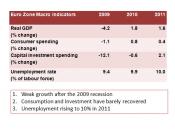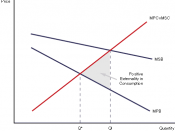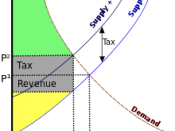The Recovery of European Debt Crisis
Introduction
A.1.Sketch briefly the stating situation of the crisis
The global economy has experienced slow growth since the American economic crisis of 2008-2009, which indicated the unsustainable fiscal policies of countries in Europe and around the world. With a shrinking of 4% GDP in 2009, the European Union experienced the sharpest contraction in the history.
In October 2008, Hungary firstly asked for a Stand-By Arrangement (SBA) from the IMF and The EU joined the IMF in providing additional financial support The total financing package amounted to ⬠20 billion (IMF: ⬠12.3 billion, EU: ⬠6.5 billion, Worldbank: ⬠1.0 billion).The Hungarian program was the first joint EU/IMF-program. Later in December 2008, Latvia requested SBA from IMF, in connection with an adjustment program that was jointly elaborated with the EU and representatives from the ECB.In March 2009, Romania also requested a ⬠13 billion loan as financial assistance.
From the beginning, the International Monetary Fund (IMF) was involved to
rescue the European Union (EU) to fight the sovereign debt crisis in some European Monetary Union (EMU) countries. The IMF participated in the financial assistance and economic adjustment programs for Greece, Ireland and Portugal by contributing around one third to the emergency funds. The "Troika"(the European Commission, the European Central Bank and the IMF ) cooperated together to financially support a number of European countries.
A.2 Sketch briefly the starting situation for the three countries(Ireland, Greece, Spain), which led to the inevitable need for financial support.
Ireland
Ireland did not notice economic unstability until the collapse of Lehman Brothers sent shock waves in global financial markets, which exposed the fragility of the Irish financial sector as well. In 2009, the GDP of Ireland was extremely loss compared with other European countries, consisting negative 7%.


